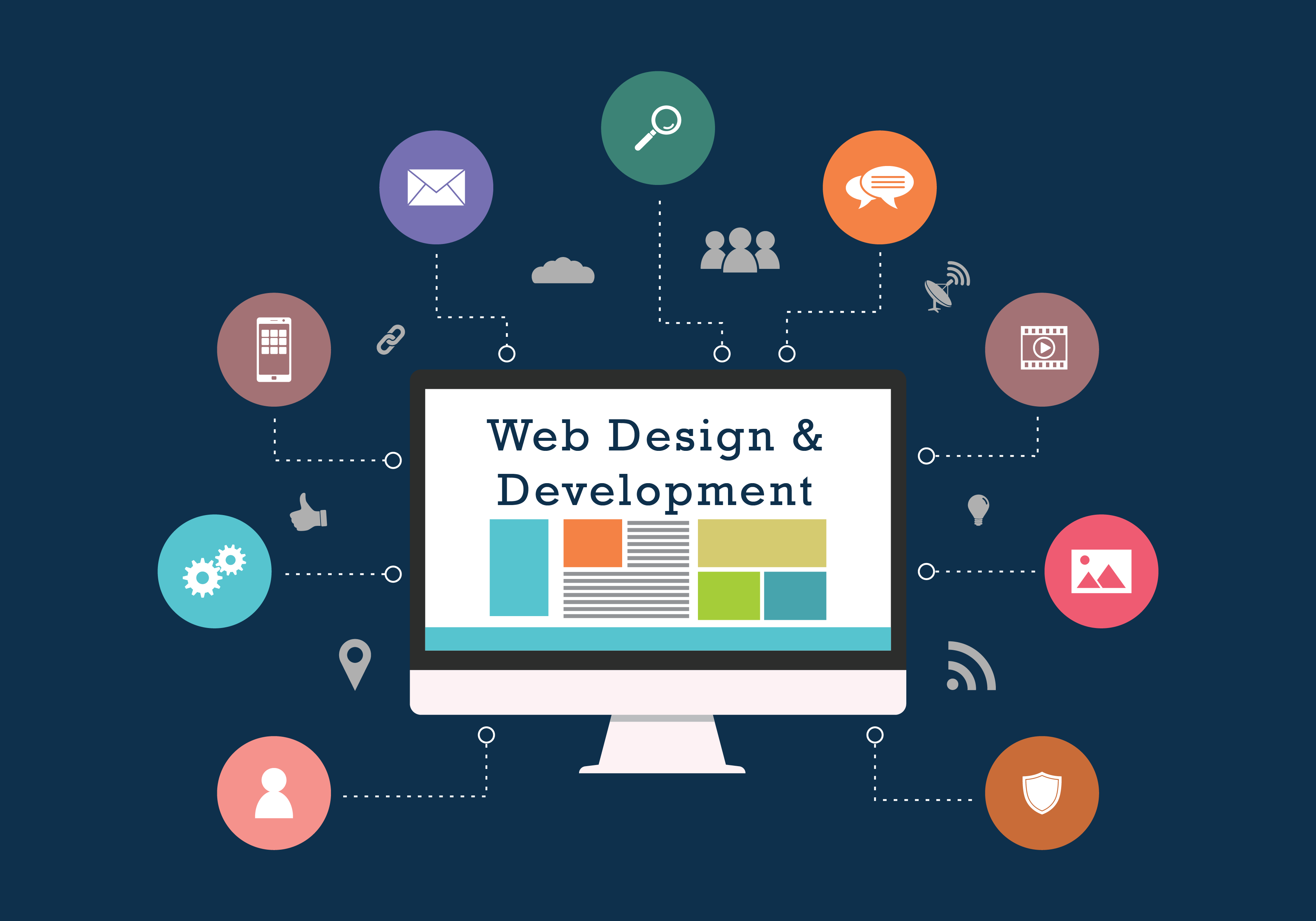Just How Responsive Web Layout Influences Individual Experience Across Tools
Receptive internet style plays a vital duty fit individual experience across a wide range of tools, as it enables internet sites to fluidly adapt to differing display sizes and resolutions. This adaptability not only improves navigation but additionally substantially boosts aesthetic allure and functionality, specifically for mobile customers. Additionally, the effects of receptive layout expand past simple visual appeals and use; they touch upon facets such as loading rate and SEO efficiency. Recognizing these interconnected aspects increases vital questions regarding exactly how services can take advantage of receptive design to enhance individual interaction and satisfaction.

Significance of Responsive Layout
As customers progressively access internet sites on a variety of devices, the value of receptive layout comes to be extremely important. Responsive layout makes sure that a website's design and web content adapt effortlessly to various display sizes, positionings, and resolutions (Web design in Penang). This adaptability is critical in today's digital landscape, where customers involve with content on mobile phones, tablets, laptops, and desktop computers
The importance of receptive layout expands past mere looks; it improves use and access, offering customers with a constant experience no matter of the tool used. A well-implemented responsive design decreases the requirement for users to zoom or scroll exceedingly, enhancing navigation and boosting general fulfillment.
Additionally, responsive design is important for search engine optimization (SEO) Internet search engine, such as Google, focus on mobile-friendly sites, implying that a receptive site is most likely to rate greater in search outcomes - Web design in Penang. This not only enhances visibility yet also drives web traffic and interaction
Advantages for Mobile Users
Mobile individuals experience distinct benefits when communicating with responsive internet sites. Mostly, these websites are created to adapt perfectly to various screen dimensions and positionings, ensuring an optimum watching experience despite the gadget in use. This adaptability improves functionality, enabling customers to browse with web content effortlessly without the need for excessive scrolling or zooming.
Additionally, responsive layout eliminates the stress of running into non-optimized sites that might cause distorted designs or missing functionalities on smart phones. Users profit from a consistent user interface, which fosters experience and decreases cognitive load, permitting them to concentrate on their tasks instead than having a hard time with navigation.
In addition, receptive internet sites improve access by including touch-friendly components, such as larger switches and structured menus, which cater specifically to mobile interactions. This listening to mobile customer experience not only increases customer complete satisfaction but likewise encourages longer engagement, as visitors are more probable to stay on a website that is very easy to utilize.
Eventually, the benefits of responsive website design for mobile users add to a much more pleasurable and reliable browsing experience, reinforcing the value of adopting this approach in today's multi-device landscape.
Impact on Loading Rate
The influence of receptive web design on packing speed is a crucial element in enhancing customer experience across devices. Receptive web design maximizes photos and web content for various display dimensions, making sure that only the required components are loaded based on the device's abilities.
In addition, receptive design methods usually entail using flexible grids and designs, which adapt to different screen resolutions. This versatility decreases the need for too much resizing or refilling of web pages, additionally boosting rate. Search engines like Google focus on fast-loading web sites in their positions, making responsive style not just a user-centric selection yet likewise an essential component for search engine optimization.
Nonetheless, it is important to keep in mind that bad application of responsive design can cause puffed up code and unneeded elements that may impede filling rate. For that reason, mindful preparation and implementation are essential to completely take advantage of the advantages of responsive web design in enhancing loading speed and, consequently, user experience across all gadgets.
Boosted Navigation Experience
How can responsive website design change the navigation experience for individuals? Responsive internet design improves navigation by making certain that food selections, switches, and links adjust seamlessly to numerous display sizes and orientations. This versatility is crucial as users progressively accessibility web sites from a varied range of devices, ranging from smartphones this link to tablets and desktop computer computer systems.
Receptive designs prioritize user-centric navigating by simplifying access to vital content. As an example, hamburger food selections, which are small and expandable, enable effective use area on smaller sized screens, decreasing clutter while keeping ease of accessibility. This streamlined approach not just aids in usability but additionally boosts overall engagement, as individuals can swiftly find info without unneeded scrolling or browsing.

Search Engine Optimization Advantages of Responsiveness
Receptive website design uses significant search engine optimization benefits that can boost a site's presence and ranking in search engine outcomes. One of the main benefits is the consolidation of URLs. A responsive web site makes use of a solitary URL for both desktop computer and mobile variations, which simplifies the indexing procedure for internet search engine. This avoids prospective replicate material problems that can view it occur from preserving separate URLs for different gadgets.
In addition, Google focuses on mobile-friendly sites in its positions, making responsiveness an important variable in seo approaches. The mobile-first indexing method taken on by Google means that the mobile version of a site is considered the primary variation, more emphasizing the importance of a responsive design.
Improved user experience, an all-natural outcome of receptive design, likewise adds to SEO efficiency. When individuals locate it much easier to browse a website, they often tend to remain longer and involve even more, which can decrease bounce prices and signal to search engines that the web content is pertinent and valuable.
Conclusion
In final thought, receptive internet style plays a vital function in improving user experience across numerous gadgets. The advantages prolong past customer complete satisfaction, as a receptive style additionally adds positively to search engine optimization efforts.